Top 4 Things to Know Before Buying Popular Indoor Plants
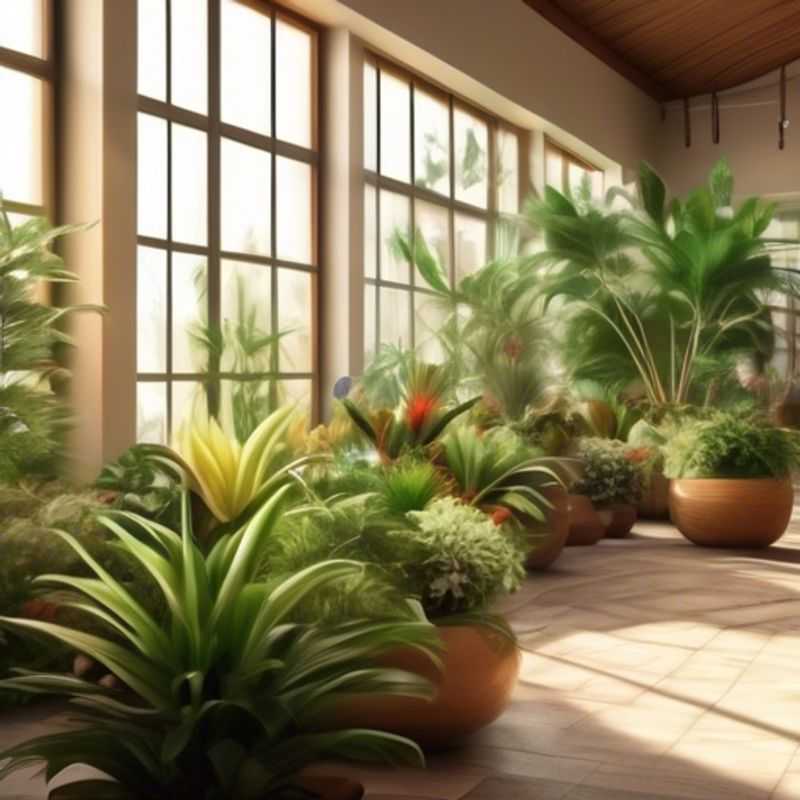
Top 4 Must-Knows Before Bringing Home Your Indoor Plant: Light & Water, Growth Habits, Potting Needs, and Pest Prevention
Ah, the allure of bringing the outdoors in! Indoor plants are more than just decoration; they're little green companions that can purify the air, boost your mood, and even enhance your creativity. But before you bring home your leafy friend, there are a few crucial things to consider. I'm a bit of a plant enthusiast myself, and I've learned that a little knowledge goes a long way in ensuring your plant thrives. Here are the top four things you should know before making your leafy purchase.
First and foremost, understand the light and water requirements for the specific indoor plant you're interested in. Some plants, like succulents, prefer bright, indirect light and infrequent watering, while others, like ferns, thrive in low light and need consistent moisture.
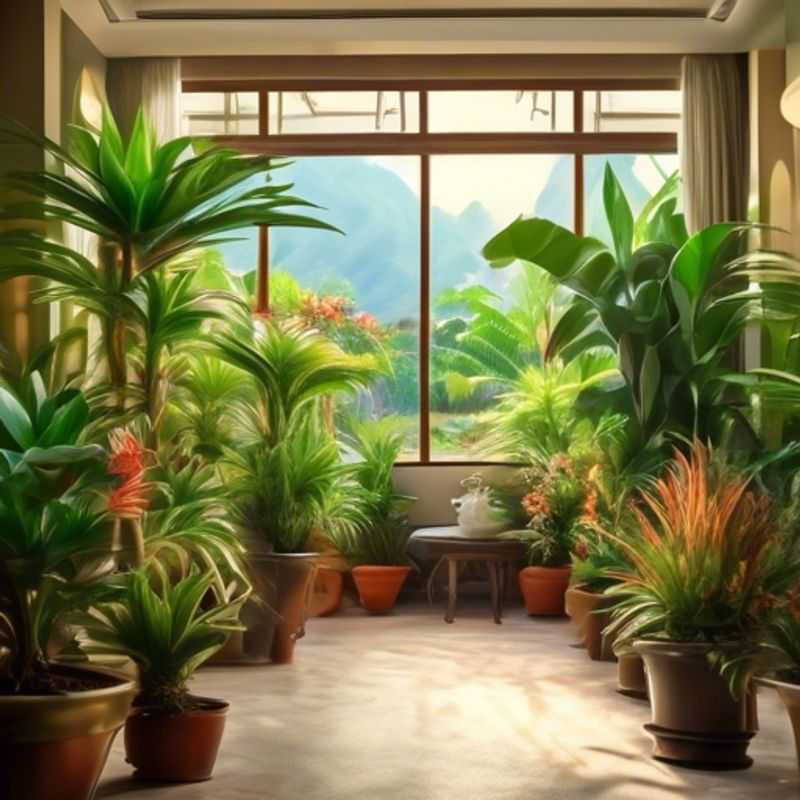
Unlocking Your Indoor Plant's Happiness: Understanding Light and Water Needs
Understanding your plant’s light and water needs is crucial for its success indoors. Every plant species has unique preferences, so it’s important to research the specific requirements of your plant.
Light: The amount of light a plant needs is determined by its natural habitat. Plants from shady forests will thrive in low light, while those from sunny meadows need ample bright light. Consider using a light meter to measure the light intensity in your home.
Water: Overwatering is a common problem for indoor plants. Check the soil moisture before watering. The soil should be dry to the touch before watering again. Use well-draining potting mix and ensure the pot has drainage holes.
Pay attention to your plant's cues. Wilting leaves, yellowing, or dropping leaves can indicate that your plant isn’t receiving enough light or water. Adjust your watering schedule and light exposure based on your plant's specific needs.
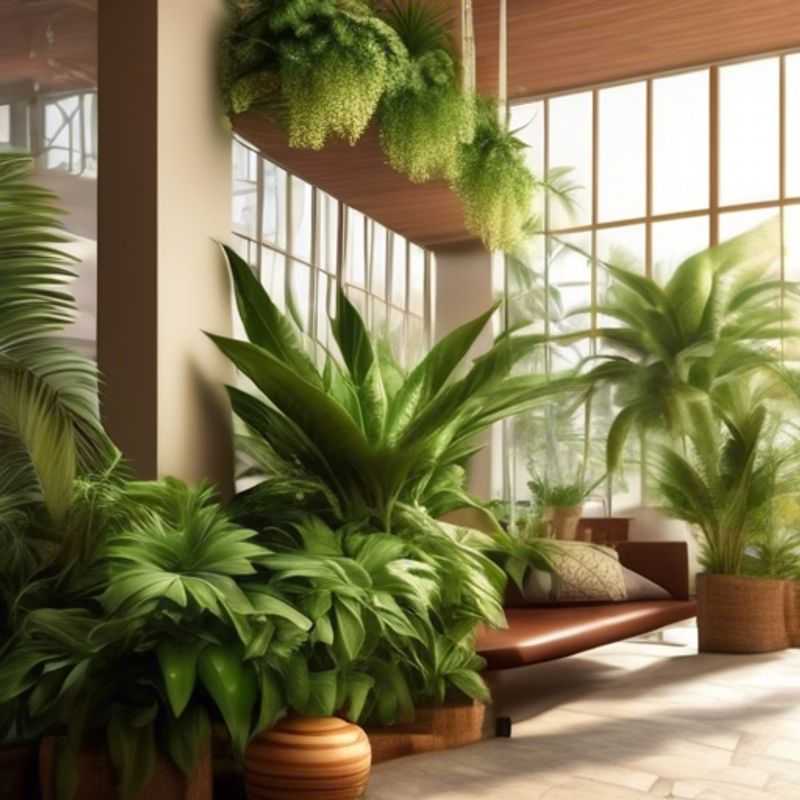
Understanding Your Green Companions: Researching Plant Growth Habits and Mature Size
Understanding a plant's growth habits and mature size is crucial for successful gardening. Researching this information before planting is essential, saving you potential headaches and ensuring your plants thrive.
Growth habits refer to how a plant spreads and grows. Some plants grow upright, others trail or vine, and some even spread horizontally. Understanding this will inform your planting choices. Will it be a compact plant or a sprawling one?
Mature size is the plant's full potential height and width. This gives you an idea of how much space your plant will require and if it will fit in your chosen location. Consider if it will be too large for its container or if it will block sunlight for other plants.
Researching this information is as simple as a quick online search using the plant's common or scientific name. Look at reputable websites like the National Gardening Association or local nurseries. This information is often available on seed packets or plant labels as well.
Consider the growth habits and mature size of your plants, and plan accordingly. You'll be rewarded with a beautiful and thriving garden!
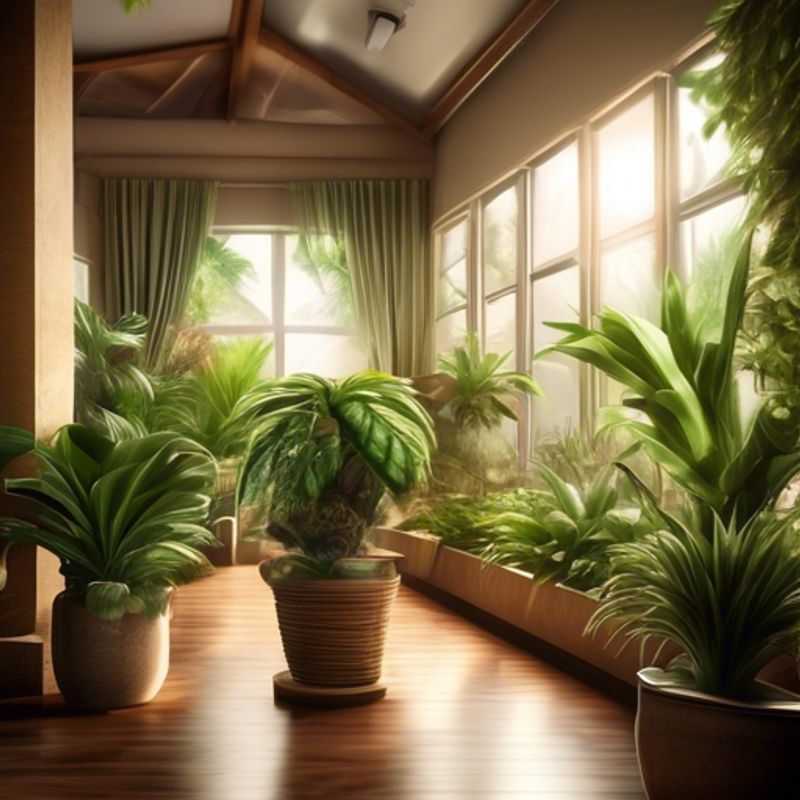
The Perfect Match: Choosing the Right Potting Soil and Container for Your Plant
Choosing the right potting soil and container is crucial for the health and vitality of your plants. Different plants have specific requirements for drainage, aeration, and nutrient content. Knowing these requirements will ensure you provide the optimal environment for your plants to thrive. Consider using a well-draining potting mix that's suitable for the plant's specific needs. This could include a general-purpose mix, a cactus mix, or a specialized mix for acidic-loving plants like blueberries.
The container also plays a significant role. Ensure the container has drainage holes to prevent waterlogging and provide adequate air circulation to the roots. The size of the container should also be appropriate for the plant's root system, allowing for growth without becoming rootbound. Larger containers typically retain moisture for longer periods, while smaller containers can dry out quickly. Choose a container made from a material suitable for the plant's environment and your aesthetic preferences.
Remember, proper soil and container selection are essential for successful plant cultivation. Invest in high-quality potting soil and containers that meet your plant's individual needs. If you're unsure about the best choices for your specific plants, consult a gardening expert or do thorough research online.
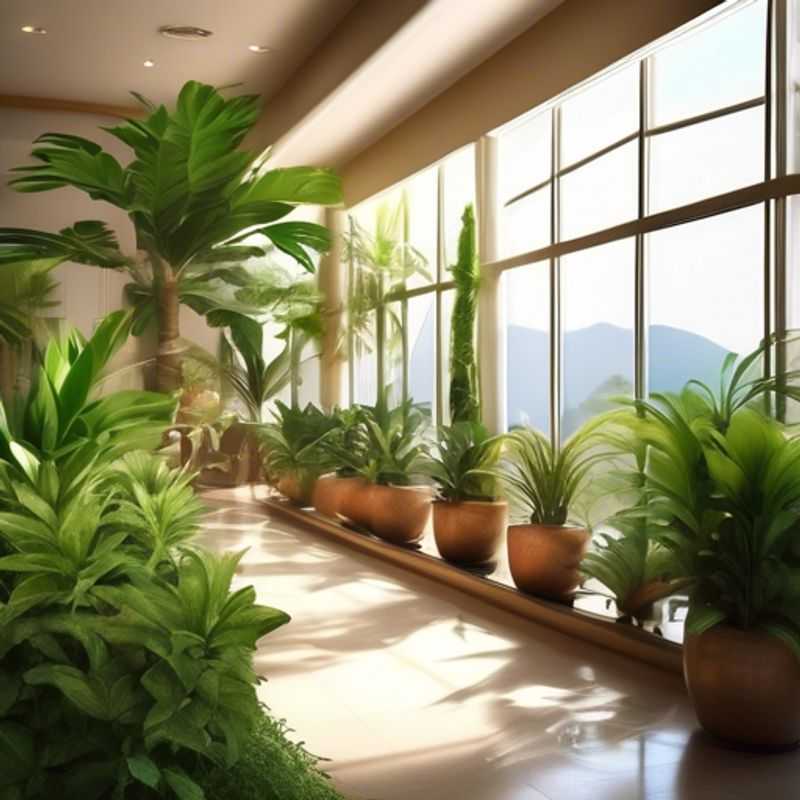
Indoor Plant Pests and Diseases: A Guide to Keeping Your Greens Thriving
Indoor plants, while bringing life and beauty to our homes, can also be susceptible to various pests and diseases. Understanding these threats is crucial for maintaining their health and ensuring their longevity.
Among the common pests, aphids are tiny, soft-bodied insects that feed on plant sap, causing leaves to curl and distort. Spider mites, with their fine webbing, suck sap from leaves, leaving stippling or yellowing. Mealybugs, appearing as white, cottony masses, can be found on stems and leaves, hindering plant growth. Scale insects, resembling tiny, hard bumps, feed on sap, causing leaves to turn yellow or drop.
On the disease front, fungal infections, like leaf spot, powdery mildew, and root rot, are common. Leaf spot manifests as brown or black spots on leaves, while powdery mildew forms a white, powdery coating. Root rot, a severe condition, causes root damage and plant wilting.
Prevention is key to keeping pests and diseases at bay. Regular inspections of your plants, ensuring good air circulation, and providing proper watering can help. Isolation of new plants is crucial to prevent the spread of any potential pests or diseases. Treating infested plants, however, requires a more hands-on approach. There are various natural remedies, like insecticidal soap, neem oil, or diatomaceous earth, as well as chemical options available.
